Field Training in Chilly Abisko, Sweden
05-15-2017
Category: Expedition Preparation
Spring Training – Arctic style
April, 2017
Although it seems like the 2016/17 field expedition to Antarctica only just ended, preparations for the 2017/18 season are already well advanced. This included a field training program in the Arctic for the science and logistics team members.
Any successful expedition requires a lot of training and preparation. The Swedish Polar staff designed an excellent training program based in Abisko, northern Sweden at the end of March. Participants included five members of the science team, as well as experts in expedition leadership, mountain first aid and rescue, fire safety, mountaineering, and snowmobile driving and maintenance. One member of the science team, Sarah Sams, accepted an offer to join the MAGIC-DML project just 10 days before the training program! So she had a very fast introduction to the team and to the rigors of fieldwork in extreme conditions.
The five members of the science team travelled to the Abisko Scientific Research Station on March 26th to begin the training: Arjen Stroeven (Stockholm Univ), Derek Fabel (Glasgow Univ), Jenny Newall (Purdue/Stockholm Univ), Sarah Sams (Purdue Univ), and Jon Harbor (Purdue Univ). Abisko is in a stunning mountain wilderness area about 200 km north of the Arctic Circle. Sub-zero weather and blizzard conditions greeted us, and we had to dig through snowdrifts to get into the research station! Welcome to the arctic!
Safety
Safety is the first priority on any expedition, and we started our training with members of the Kiruna city fire department focused on fire safety. As we cook food in tents using pressurized liquid fuel, fire safety and knowing what to do in case of an emergency is essential. Our training included practicing using a fire blanket to put out a burning man.

First aid and familiarity with all of the supplies we will carry in our first-aid kits is also essential (in addition to having a doctor as part of the expedition). We spent several hours in refresher mountain first aid training, including responding to emergencies under stress.
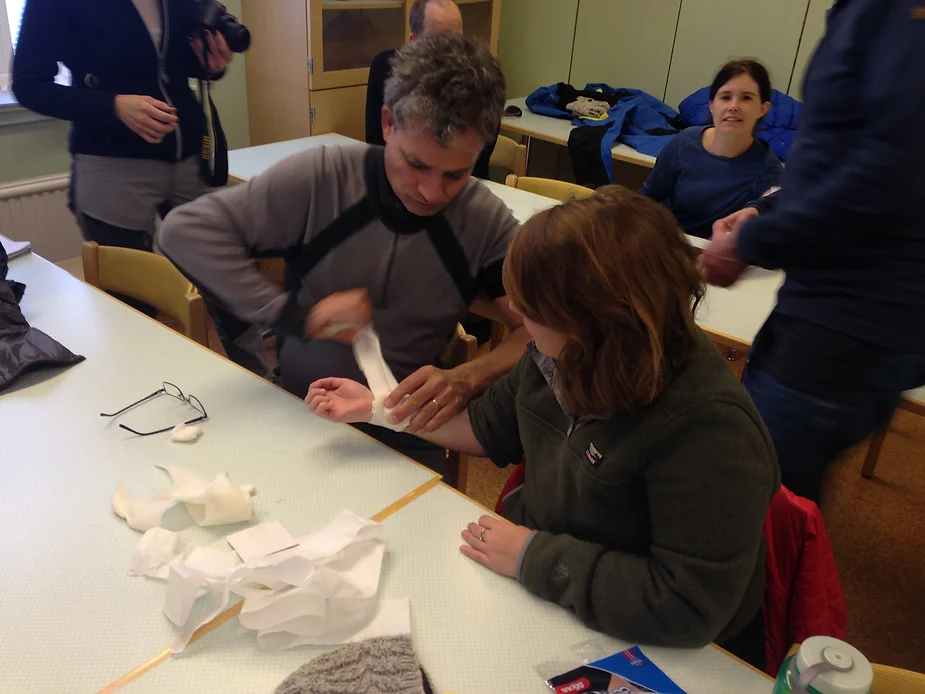
We also spent part of a day trying out gear for the expedition. Seeing what sizes fit each person best, and what combinations of gear will ensure each expedition member stays warm and safe.
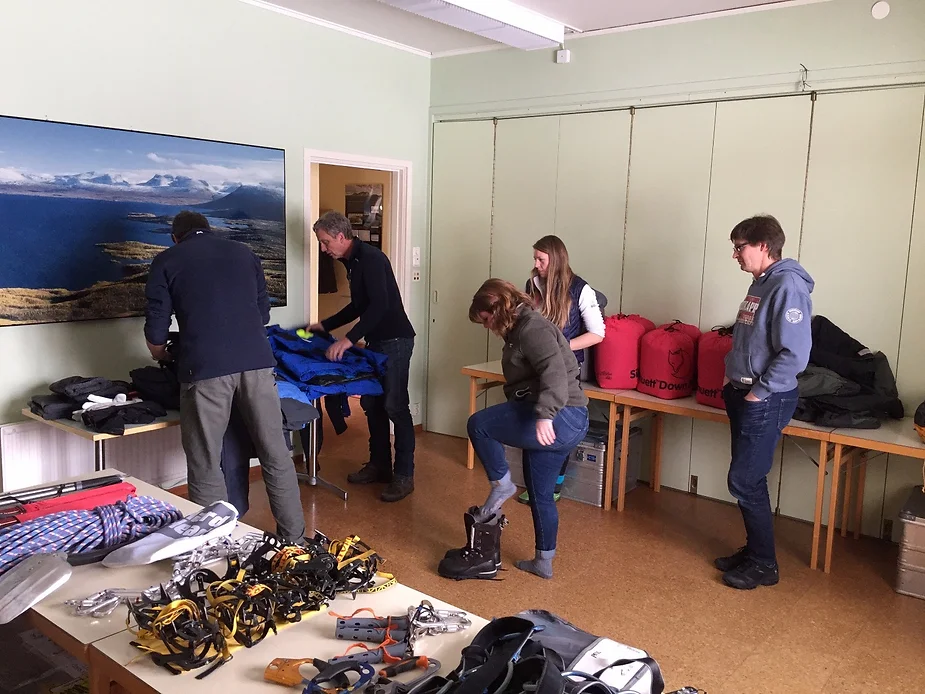
Crevasse Rescue and Ropes Skills
We spent considerable time indoors and outdoors learning how to tie a series of important knots to allow us to stay roped together when in potentially dangerous conditions, and for crevasse rescue. We practiced crevasse rescue on the edge of a large snow bank, and rope climbing up to a balcony. Some of us decided we need to work on improving our upper body strength!
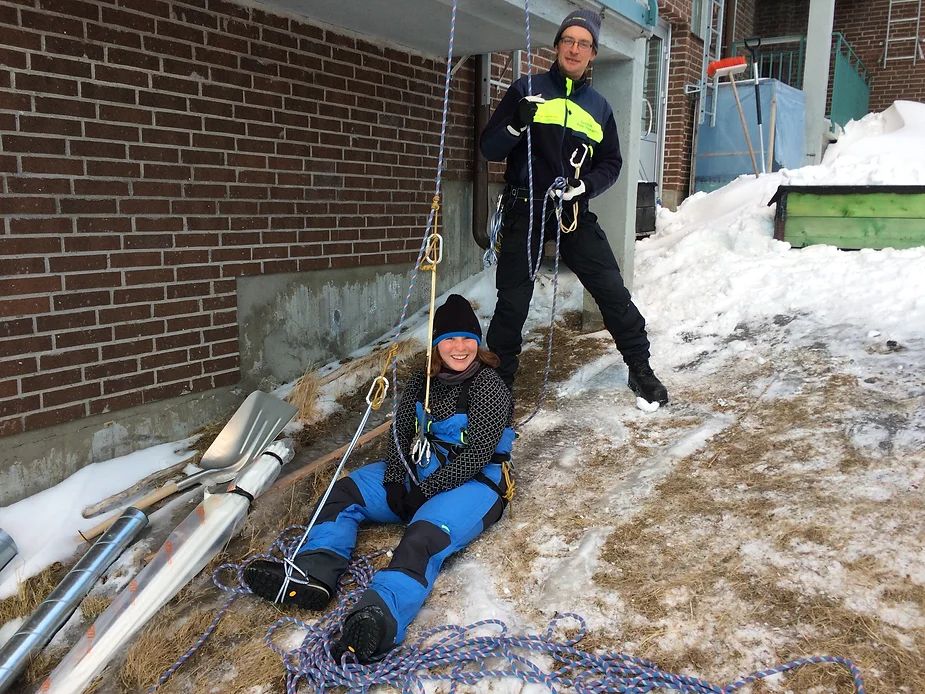
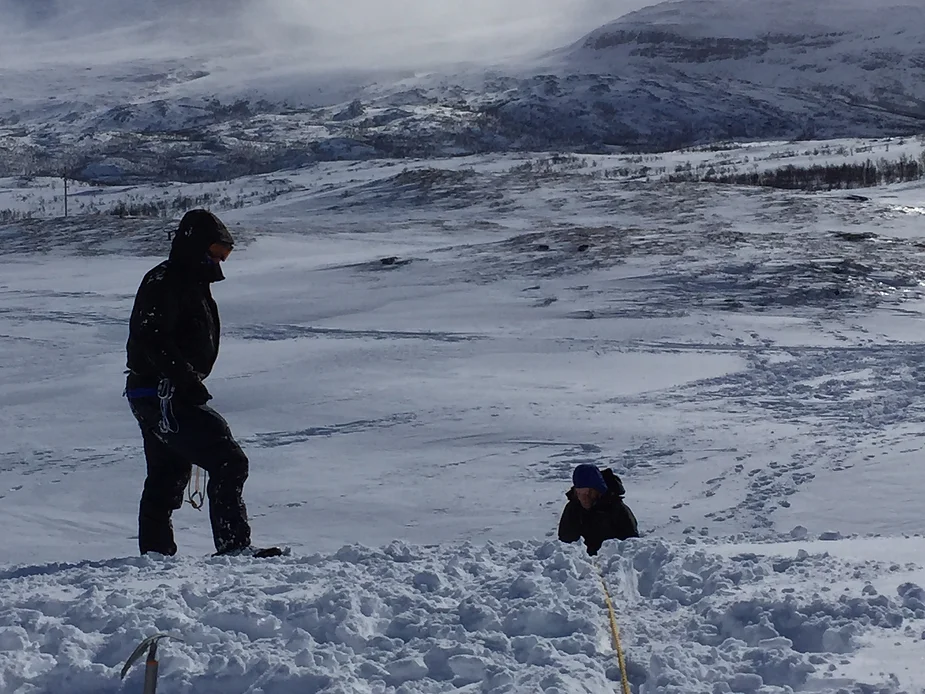
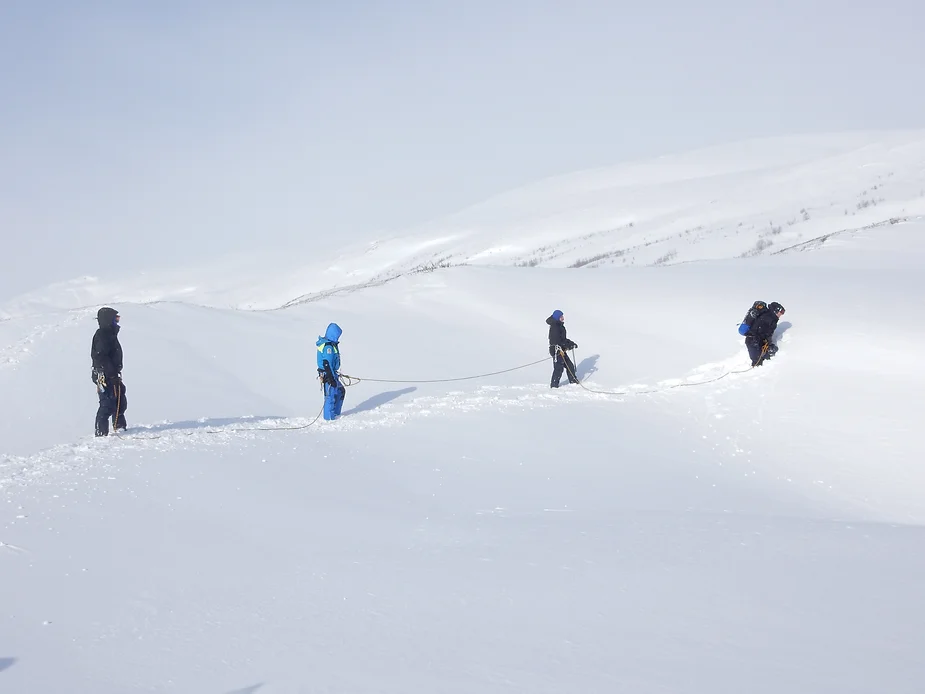
Camping on the Snow and Ice
Although we will be towing two small living modules with us for some shelter, most of the time we will be sleeping in tents. Our field training gave us a chance to practice putting up and using a range of tent types in snowy and cold conditions. It quickly became clear which tents were simplest to put up in difficult conditions, and also which stayed warmest at night. This is helping is to decide which tents we’ll take with us to Antarctica. Crowding together in the cooking tent is good social time as well as a chance to get something warm to drink.
Video: Whiteout conditions in Absiko.
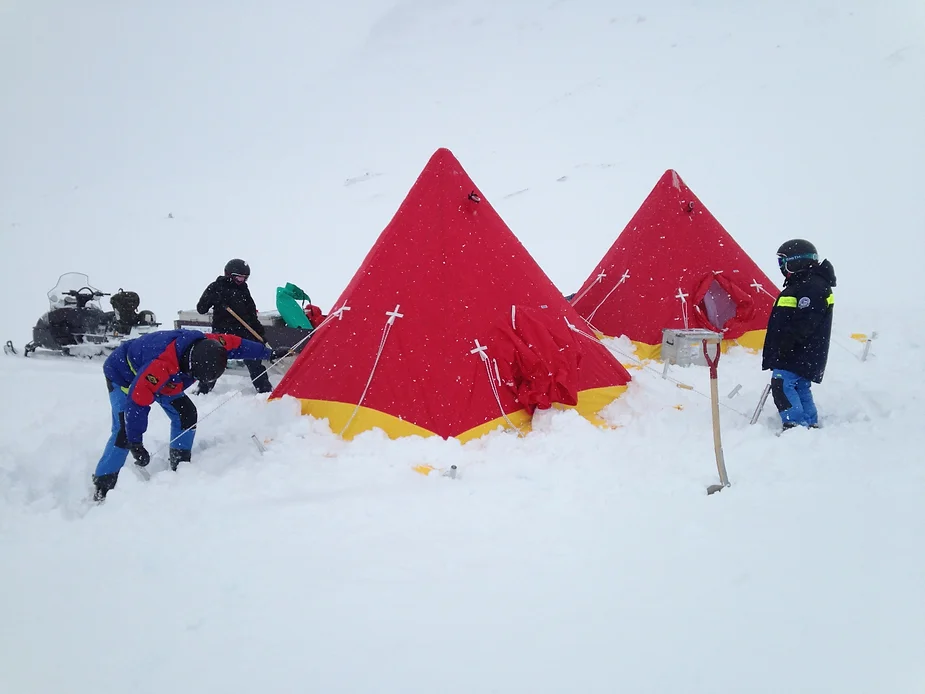
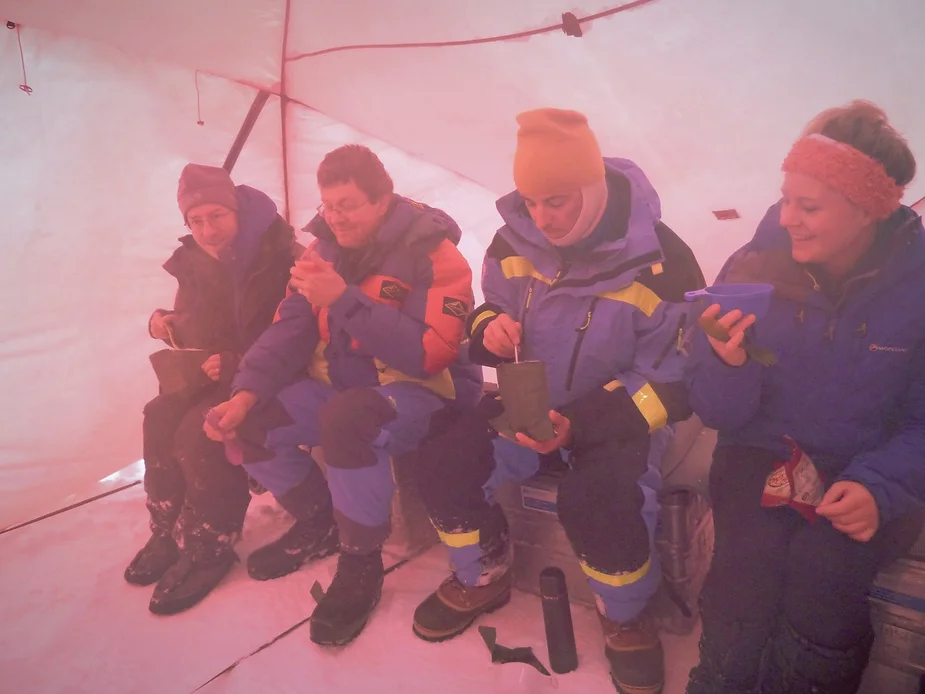
Introduction to Snowmobiles
The 2017/18 MAGIC-DML expedition will focus on the Borgmassivet (the castle massif) region of Dronning Maud Land. The field conditions there means that we will be using snowmobiles and some helicopter support, rather than arctic trucks. During the field training, we were introduced to four of the snowmobiles that will be shipped to Antarctica for our expedition, and began the process of learning how to drive them. First order of business was safety, followed by how to care for the snowmobiles. Then we had a range of opportunities to develop our snowmobile driving skills. Although some science team members had prior experience with snowmobiles, some did not, and so this was a great learning experience.
Our initial training was mostly on a frozen lake (flat) and the local media turned up to do a feature on how the international team was being trained and the overall scientific purpose of the expedition. Link to the news article and video.
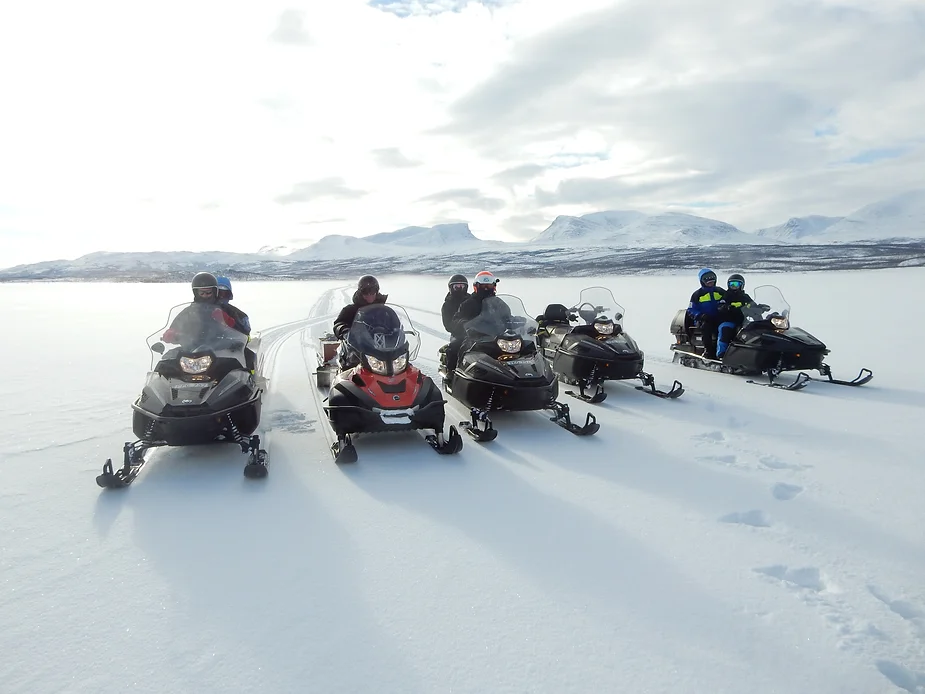
We were exposed to progressively more challenging conditions, and we all created opportunities to learn how to recover a snowmobile that has either rolled over or got stuck.
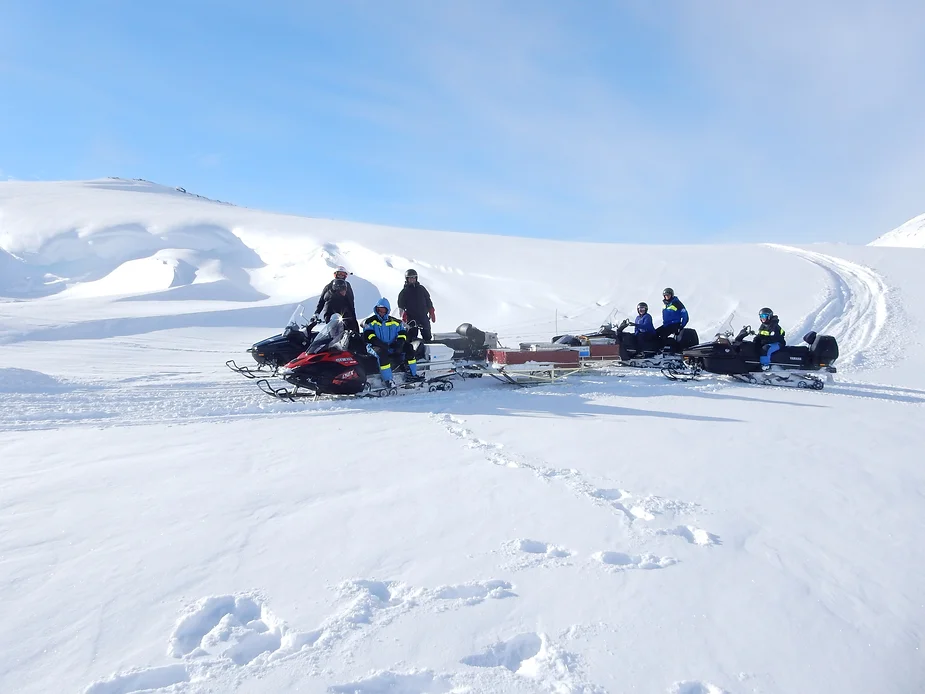
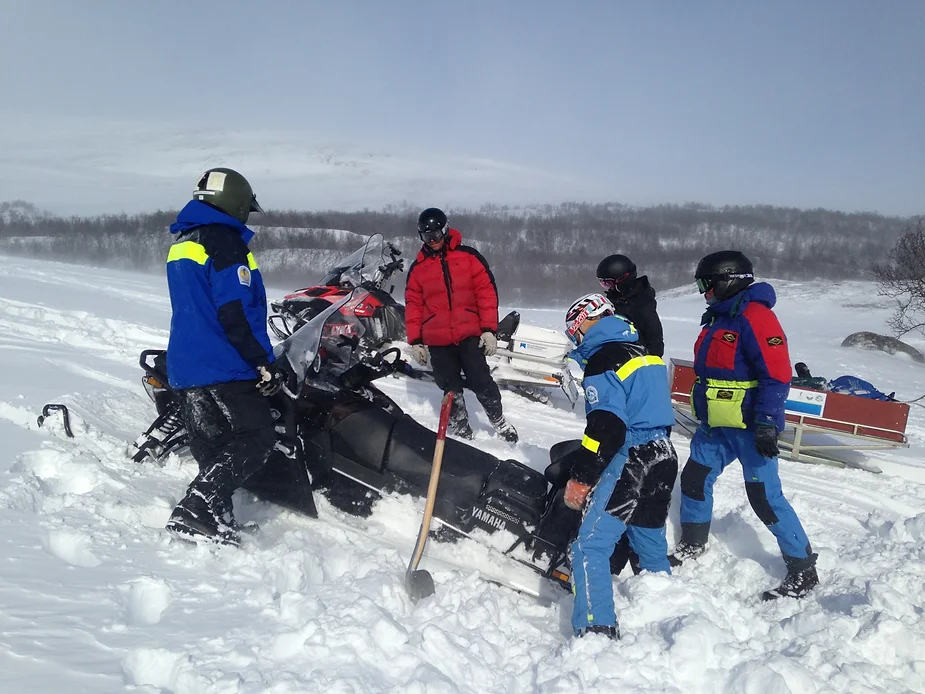
Our snowmobile training ended with a one-day, 100km route across the Northern Swedish Mountains. A great learning experience, combined with spectacular landscapes.
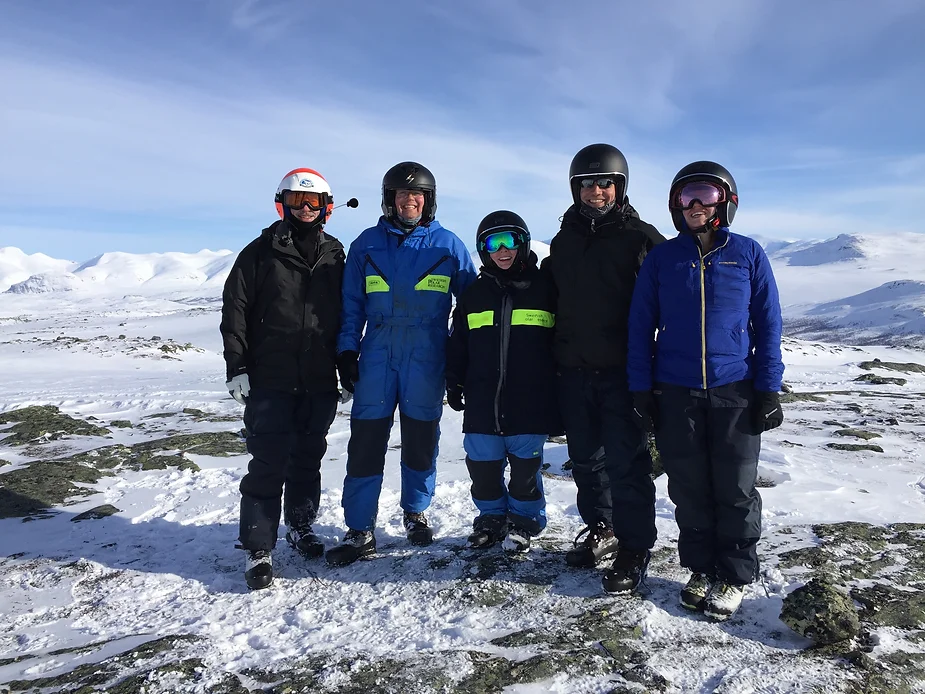
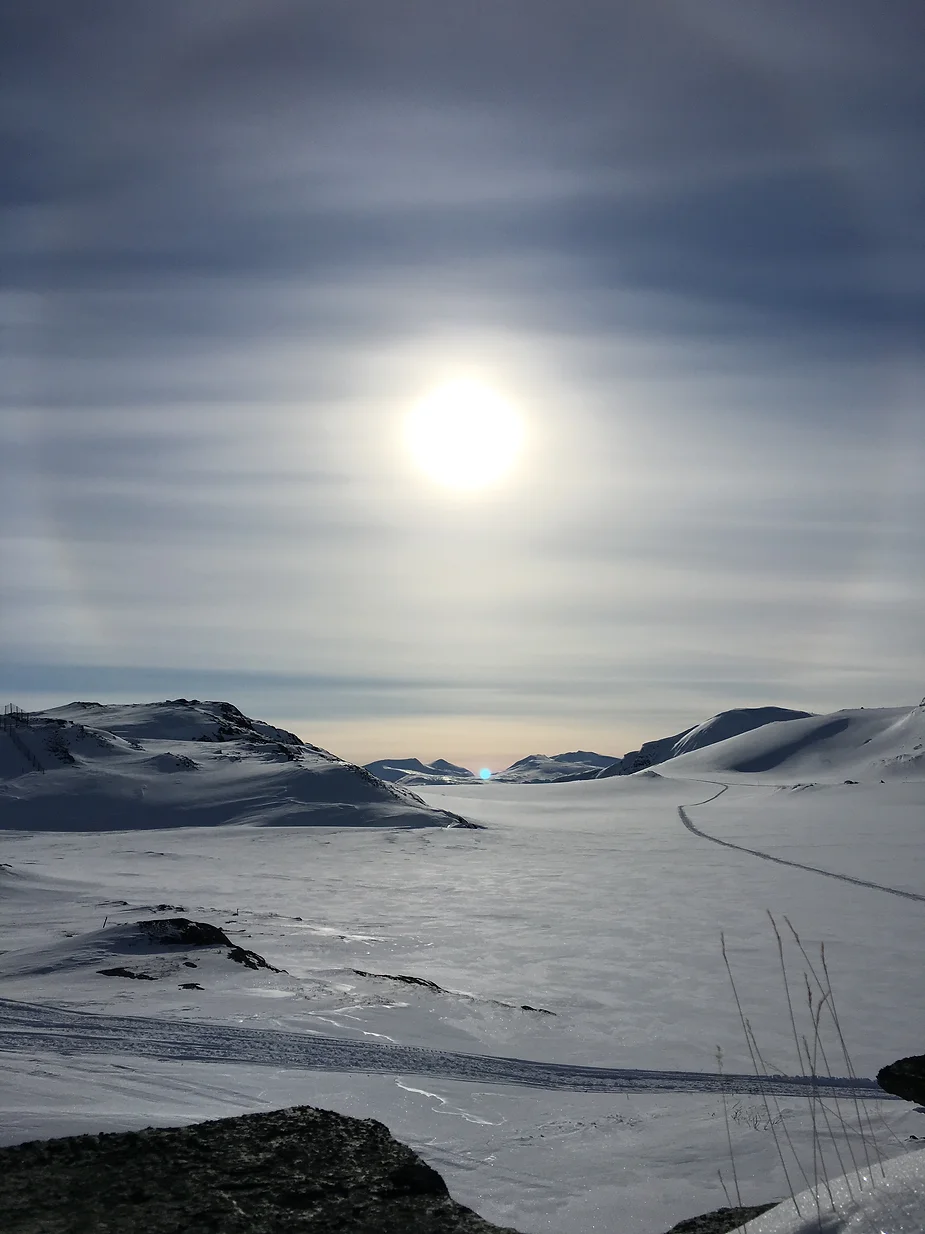
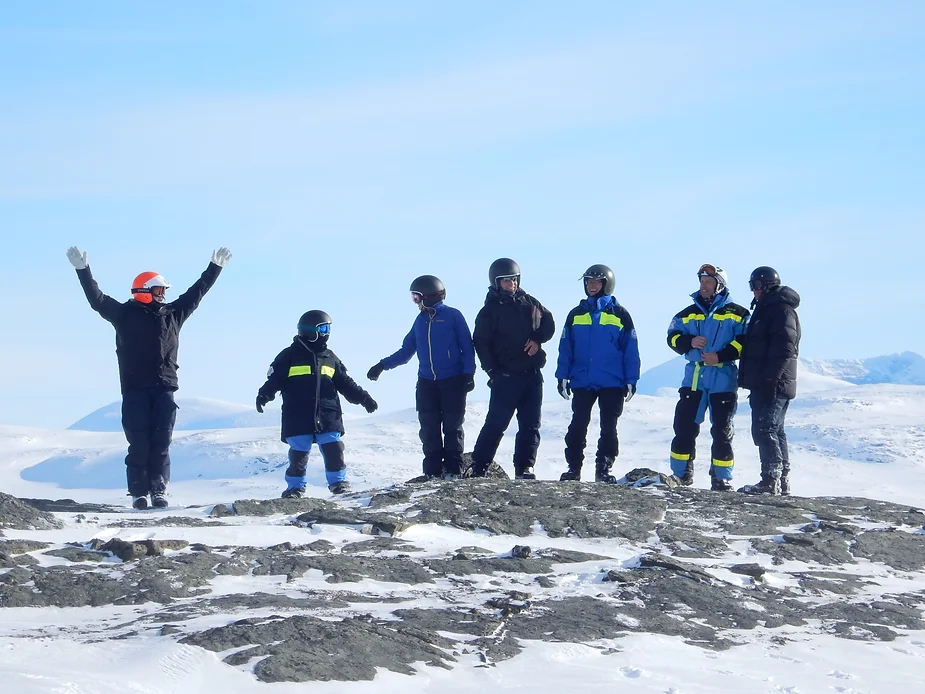
On the last night of training we were rewarded with a spectacular show of northern lights, and all headed home the next day exhausted but happy and feeling much better prepared for the upcoming expedition.
#Training #LifeintheArctic